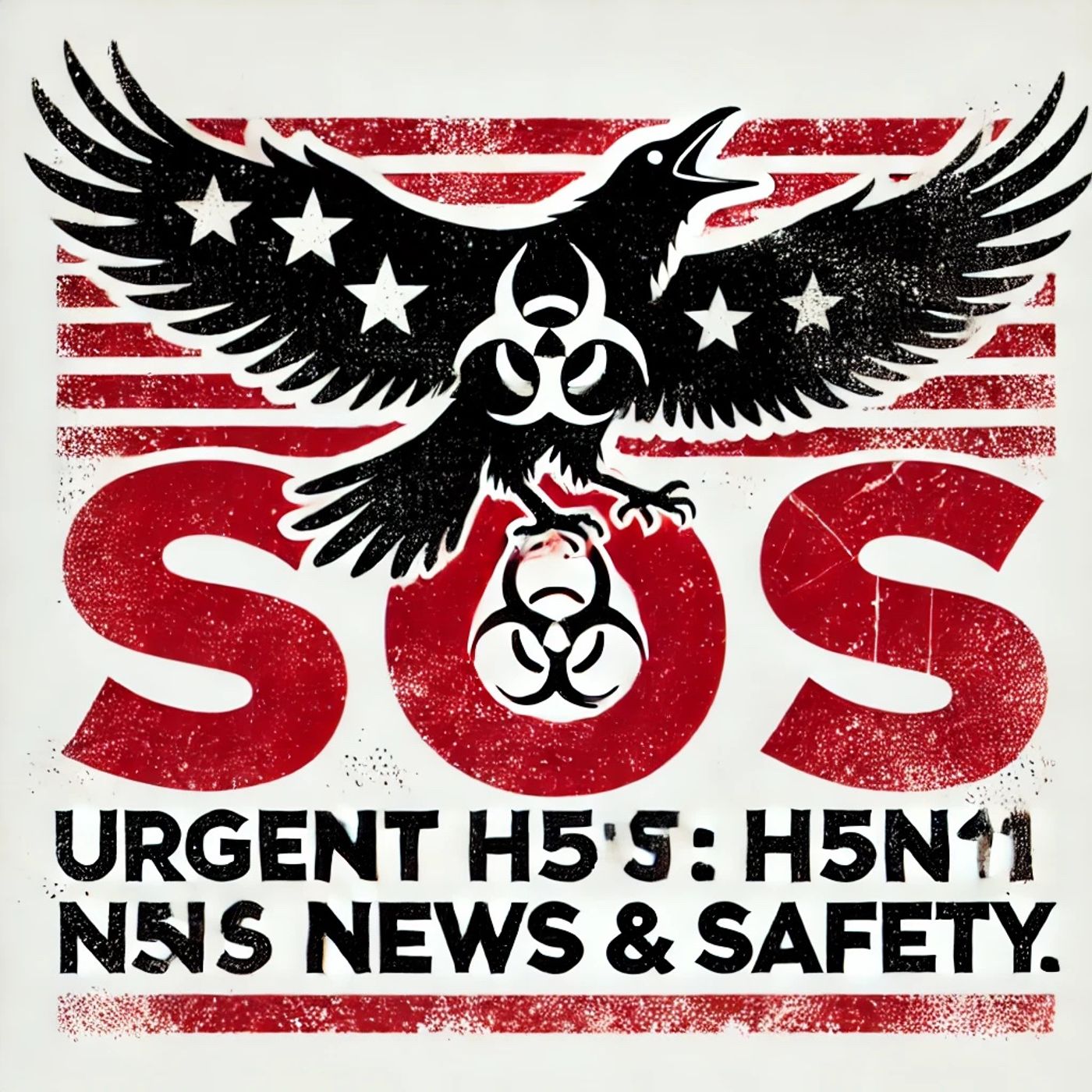Podcast Episode Details
Back to Podcast Episodes
H5N1 Bird Flu Outbreak: 26 Global Human Infections Reported, CDC Warns of Potential Spread and Mutation Risks
This is Bird Flu SOS: Urgent H5N1 News & Safety. Today, we’re bringing you essential updates on the rapidly evolving bird flu crisis—specifically the H5N1 outbreak that is now impacting communities across several continents and hitting closer to home than ever before.
The latest CDC data confirms that between January and August 2025, there have been 26 human infections with H5N1 globally, including 11 deaths in Cambodia, India, and Mexico. Most troubling, the United States marked its first H5N1-related death in Louisiana in January, with over 70 confirmed cases since early 2024. These cases are linked mostly to exposure on dairy farms, poultry facilities, and through contact with backyard flocks. While there is currently no evidence of person-to-person transmission in the U.S., experts caution that the risk remains for those in direct contact with sick animals.
Dr. Jennifer McClure from the CDC stresses, “H5N1 continues to mutate and expand among bird and animal populations. Every new human infection raises the potential for the virus to adapt, which is why we must remain vigilant.”
Johns Hopkins Public Health reports the U.S. has seen fewer cases so far in 2025 compared with last year, but warns that complacency is dangerous. Many infected individuals have mild symptoms—conjunctivitis or flu-like illness—but the fatality in Louisiana underscores that H5N1 can cause severe disease in vulnerable people.
If you’re in an affected area, here’s what to do immediately:
Stay away from sick, dead, or wild birds and poultry.
Do not handle raw milk, eggs, or uncooked poultry from suspect sources.
Keep pets inside and away from potentially contaminated animals or feed.
Wash your hands frequently, especially after any contact with birds or animals.
If you develop symptoms such as high fever, persistent cough, severe headache, shortness of breath, or eye redness within ten days of possible exposure, seek medical care right away and mention potential H5N1 exposure.
The CDC has active monitoring and asks clinicians and the public to report suspicious illnesses, especially after exposure to birds, raw animal products, or farms. Local health departments are ready to guide testing and rapid isolation, and the CDC hotline is available for urgent consultation. Educational campaigns in areas hit hardest, like Cambodia, India, and parts of the U.S., are ramping up to alert workers and families about risk reduction.
Resources for emergency assistance include state health department contact lines, CDC updates on influenza outbreaks, and online guides for safe animal handling. Many states activated rapid-response teams to support affected communities and help with containment.
It’s important to remember that current risk for the general public remains low, according to the CDC and WHO. However, vigilance is crucial, especially for poultry workers, dairy farm staff, backyard flock owners, and those with underlying health conditions.
We urge listeners: Do not panic, but do act. Practice strict biosecurity, stay informed, and watch for evolving guidance. The situation is dynamic, and every preventive step matters.
Thank you for tuning in to Bird Flu SOS: Urgent H5N1 News & Safety. We’ll be back next week with more life-saving updates. This has been a Quiet Please production. For more, check out Quiet Please Dot A I. Stay safe and stay prepared.
For more http://www.quietplease.ai
Get the best deals https://amzn.to/3ODvOta
This content was created in partnership and with the help of Artificial Intelligence AI
Published on 16 hours ago